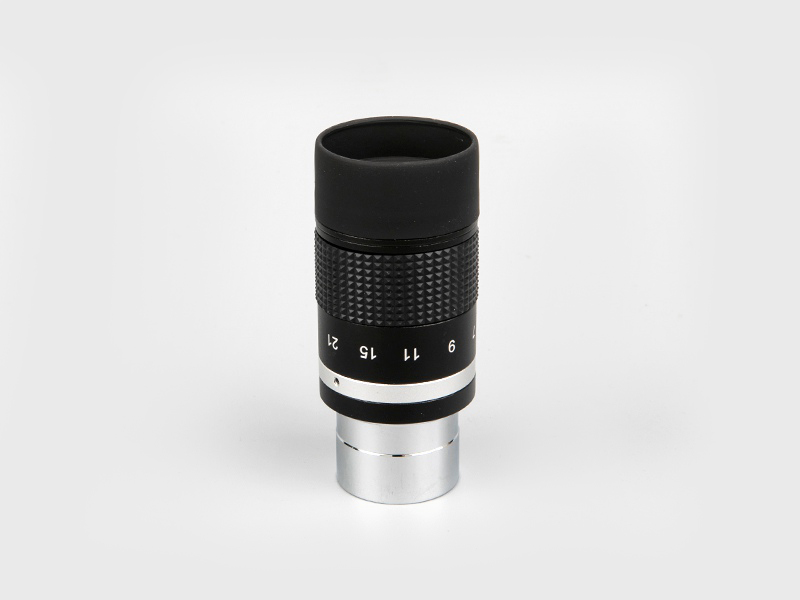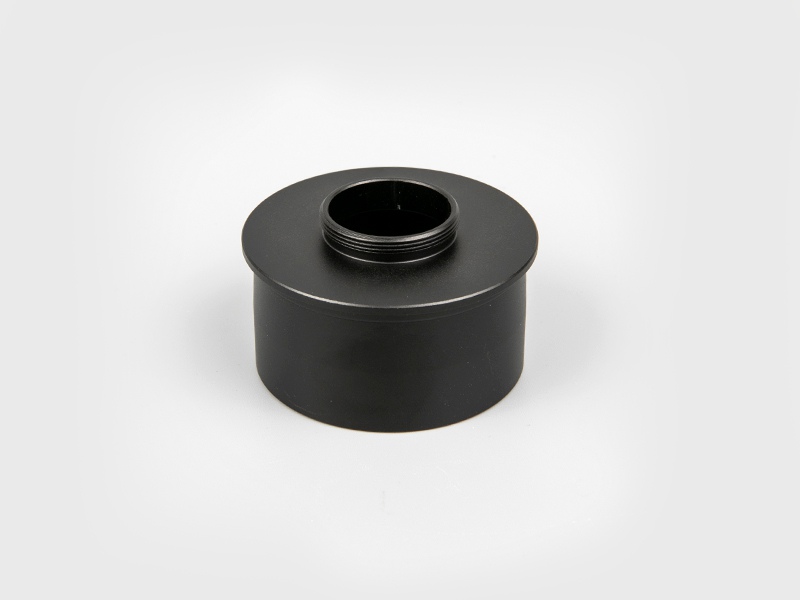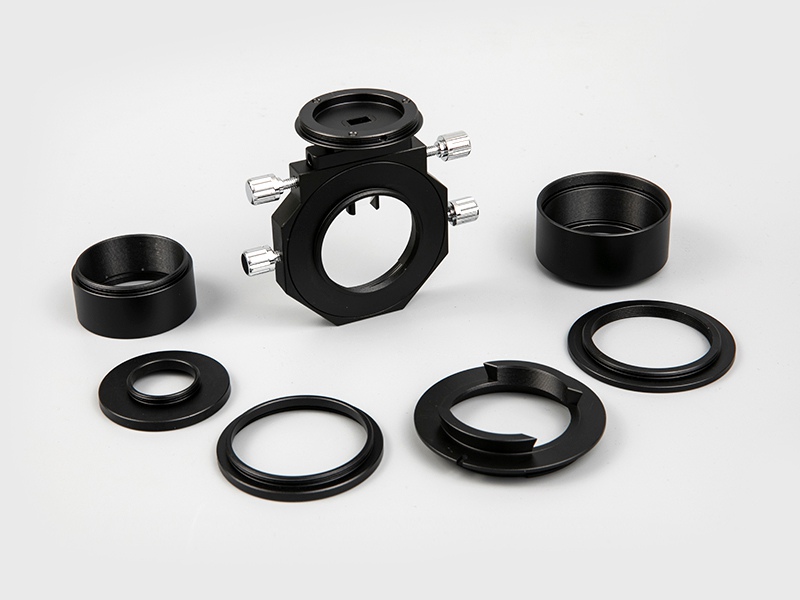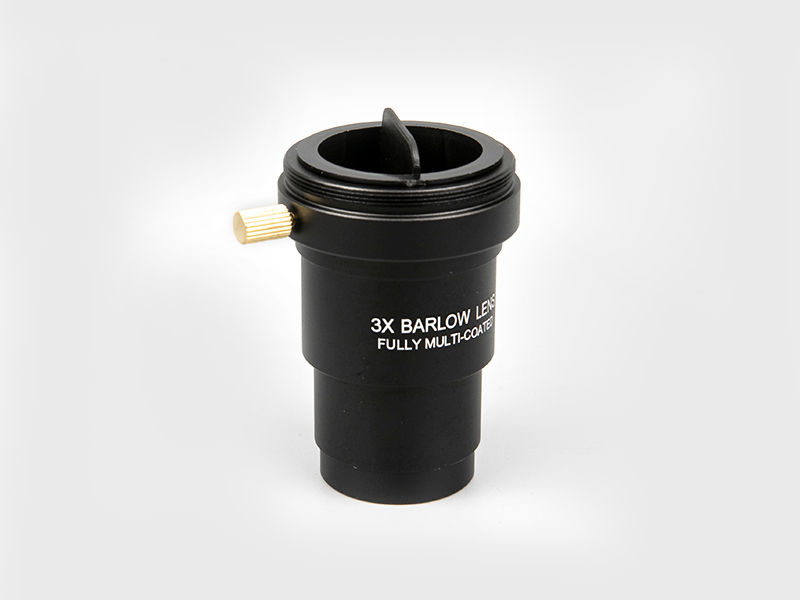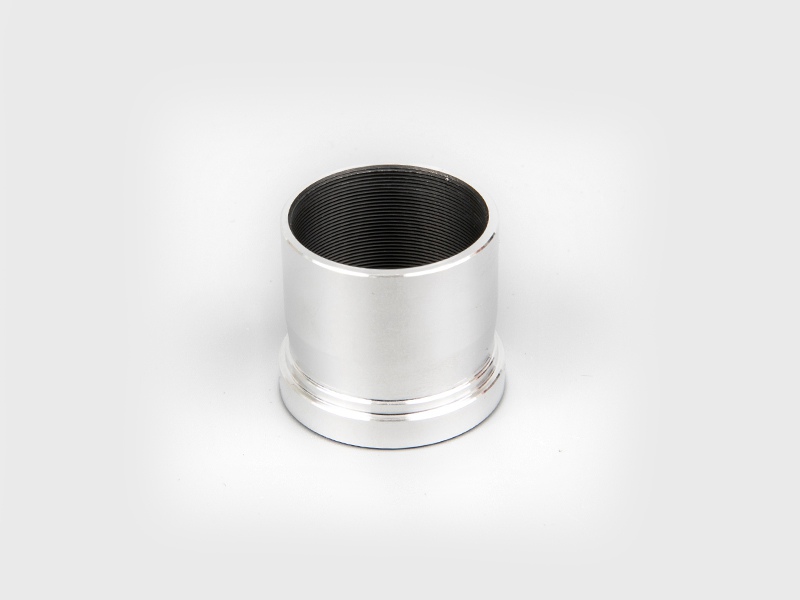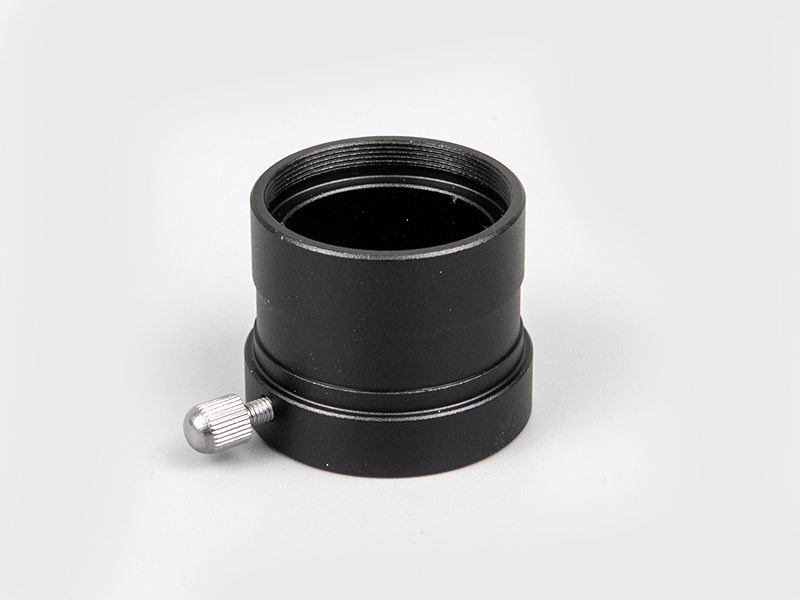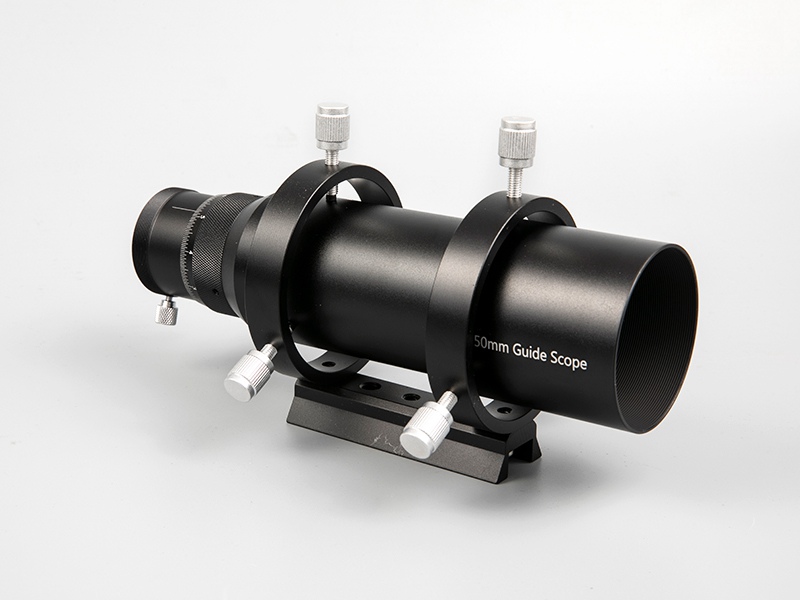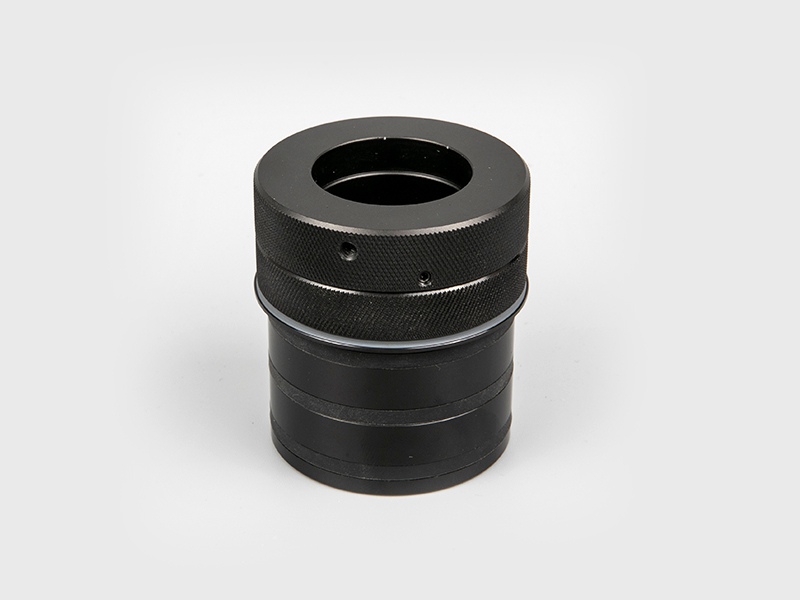1. Questions and suggestions
As a student, working enthusiast, or even a few astronomy enthusiasts who "get rich first", when choosing a telescope, especially the first time you face the terms such as aperture, focal length, and coating, you will feel dazzled. The best way at this time is Join the local organization of astronomy enthusiasts first, so that you will have the opportunity to actually use the telescopes in the hands of others, and then make decisions based on your own needs. Before buying a telescope, you should carefully consider the following issues:
1. How much effort and time are you going to spend to familiarize yourself with the sky? If you are familiar enough with the night sky and the celestial bodies you want to observe, and don't think it is a hard work to find stars by yourself according to the star chart, then you can choose a telescope that is cheaper, more portable, lighter and easier to use. Conversely, those telescopes with precise coordinate mechanisms or even computer-controlled automatic star finding will be the best choice. It needs to be explained that with the development of the electronics industry and the advantages of large-scale production, the prices of fully automatic telescopes from major international telescope manufacturers are becoming more and more reasonable, and they are definitely not unattainable.
2. How far is your observation site? How to move your telescope, and how much work are you willing to put in it? The answer to this question not only determines the aperture of the telescope, but also relates to the optical structure of the telescope. Please remember a conclusion drawn by countless astronomy enthusiasts who have paid a lot of price, that is, the frequency of use of a telescope is inversely proportional to its weight. We believe that a telescope that is often taken out for observation is far better than those that are left at home because of its bulkiness.
3. What accessories do you want? Most modern telescopes have a wide range of functions and countless accessories, but the ones that can be used in actual observations (at least they are frequently used) are few and far between. We found that most enthusiasts, including the author, like "basic" telescopes. The benefits of too many functions and accessories are far less than the economic burden they bring to you.
4. Do you plan to do astrophotography or CCD imaging? Both "astrophotography" and "CCD" are expensive. It usually takes a few telescopes and several years for beginners to construct satisfactory equipment and obtain satisfactory results.
The most important parameter that determines the performance of a telescope is the aperture. The larger the aperture, the darker celestial bodies can be seen, and the more details can be distinguished. But caliber doesn't mean everything. A telescope with poor craftsmanship cannot achieve the performance it should achieve, or even work. Fortunately, for the caliber used by hobbyists, whether it is optical or mechanical processing, it is not difficult to process. As long as the average manufacturer takes it seriously, it can produce satisfactory products. But occasionally there are individual substandard products. Fortunately, the <<Consumer Rights Protection Law>> has been deeply rooted in the hearts of the people. As long as we find it in a timely manner and insist strongly when necessary, replacement or return is not a problem.
Different optical structures make telescopes have different optical performances. Schmidt-Cassegrain, Newtonian mirrors, and various refractors all have their own advantages and disadvantages, and lead to differences in optical performance, but relative to the difference in aperture This difference is minor. We can think that for telescopes of the same aperture and technological level, their optical performance should be close, but the quality difference caused by different processing levels is indeed very huge.
In addition, the astronomical atmosphere seeing (seeing) will affect the telescope's ability to distinguish details, and the brightness of the sky background will affect the telescope's ability to observe dark celestial bodies. Seeing has a greater impact on large-aperture telescopes. If you are observing in a place with a bright sky background and poor seeing, such as a big city, then there is no need to move out a big telescope. If you always observe in such a place, then you don't need to buy a big telescope.
Generally speaking, modern high-quality refractors have the best optical performance per unit aperture, but they are also the most expensive relative to other types of telescopes. And when the aperture exceeds 10 cm, it usually becomes very poor due to the long lens barrel. Portable (of course, APO refractors are not included in this list). Schmidt-Cassegrain and Maksutov-Cassegrain type catadioptric telescopes have the best portability, but these types of telescopes are still more expensive. Consider only the optical performance. , The highest performance-price ratio (note, not optical quality) is Newtonian mirrors, especially Dobsonian Newtonian mirrors. Their portability is better than refracting mirrors under the same caliber (because their relative aperture can be made) Very large), but obviously not as good as a catadioptric mirror.

 English
English 日本語
日本語 Deutsche
Deutsche España
España
